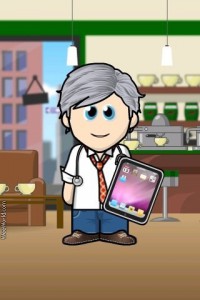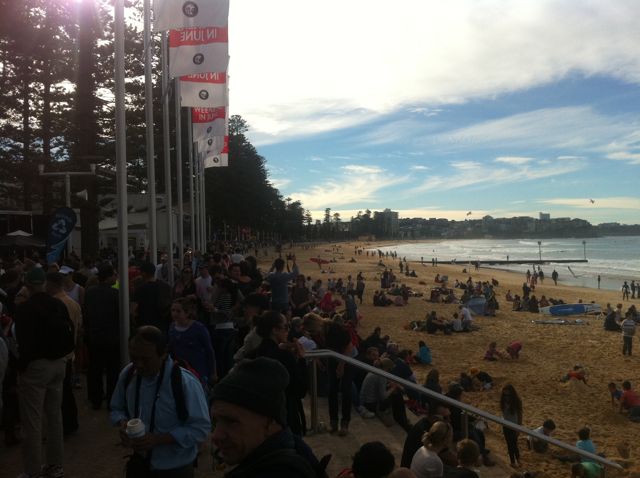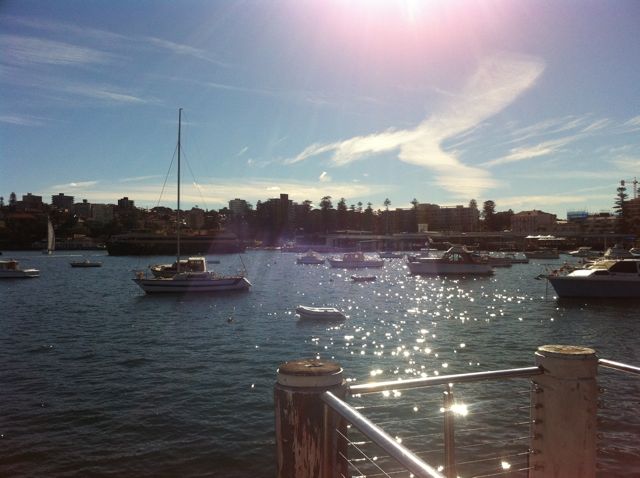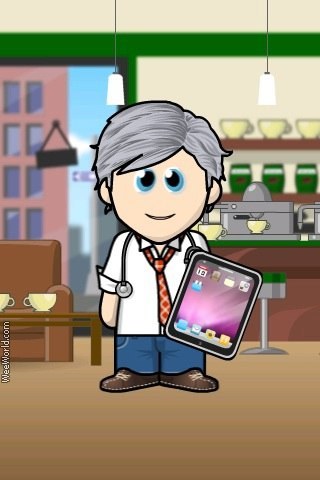How much do you have to carry with you when you go out? Have you got your phone? How many cards have you got in your wallet? Your licence? And cash? Google and Apple want to take care of all that worry for you.
But first, some discussion of ‘contactless smartcards’.
Have you used the new “PayPass” system? New Mastercard and Visacards include a little chip, that let’s you wave your card in front of a special sensor. The purchase price is automatically taken from your account. No signing, no PIN. Ideal for small purchases from, say, the newsagent, or a coffee shop, or on the bus. The current upper transaction limit is $100.
The Japanese are very skilled at moving lots of people around quickly. Ski lift tickets in Japan use a smartcard technology, so that you just need to strap the card in a pouch to your upper arm. It is checked when you bump your arm against a sensor at each lift. No need to fumble with gloves to take the card out of its case.
At our local hospital, I can just hold my wallet with my hospital ID card up to the boomgate – no need to take the card out.
And many transport systems use contactlesssmartcards so that passengers don’t have to muck around with coins and tickets. London, Tokyo, Hong Kong and Melbourne have such systems – Sydney has spent a fortune without being able to achieve it. It was due before the Sydney Olympics- as reported this week in the SMH.
A contactless smartcard contains a coil of wire and a small antenna and a chip – but no battery. The electrical energy to power the chip and to send the signal is supplied by the receiver pad using an ‘Induction Loop’, sending small amounts of electrical charge wirelessly over a short distance (typically about 4-7cm). The coil converts the wireless signal to electricity, which powers the chip to send your details via the little antenna to the receiver.
Google has made some fanfare this week about the trail of an electronic wallet-phone using ‘Near field communication (NFC)’.
NFC allows the use of contactless technology similar to that on the smartcards we have discussed, but in a mobile phone.
Using NFC, your phone will act as your wallet. Wave it next to the sensor, and your purchases are made. The advantage of a phone over a card is that it is ‘smarter’ – it can transmit more details. Potentially, you could select which credit card you wished to use. You could enter a PIN number so that you could transact more expensive purchases. You could link it with vouchers – say a 2 for 1 pizza offer, or your customer loyalty card. And it could contain your drivers licence, boarding pass, ‘bundy’ card, and car key.
Many predict that Apple will also include NFC in the iPhone 5.
Eventually, all you will need to carry with you when you leave home will be your phone. You will be able to make small and large purchases, and provide identification for all the services you need.
Just make sure you have it charged!
What I Learnt On 2nd June in other years
Add a comment



























 RSS - Posts
RSS - Posts
